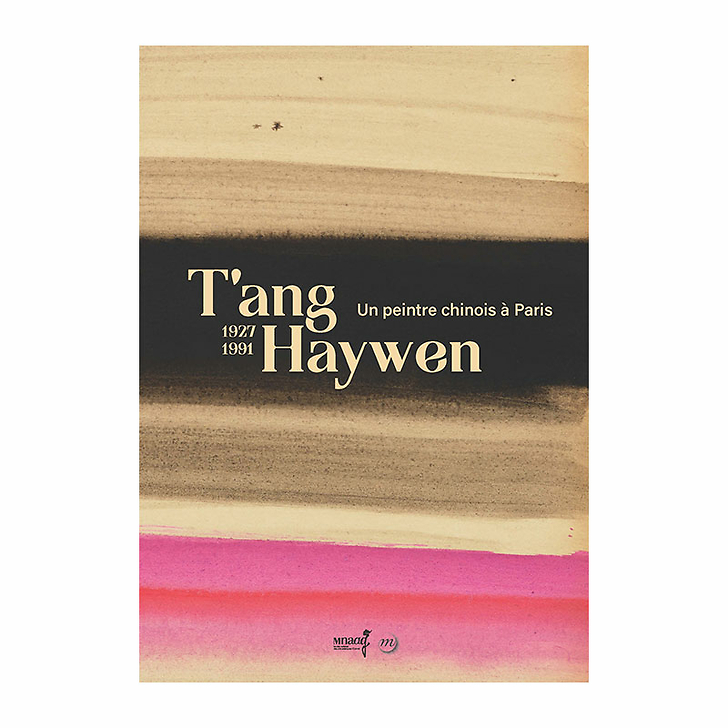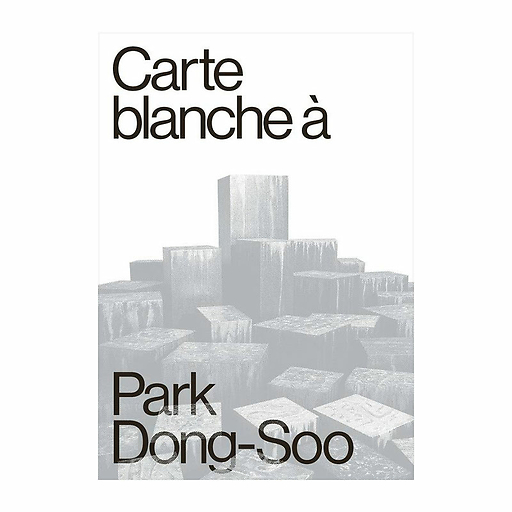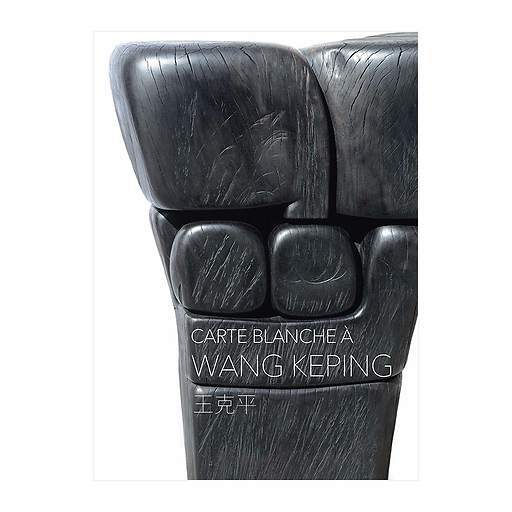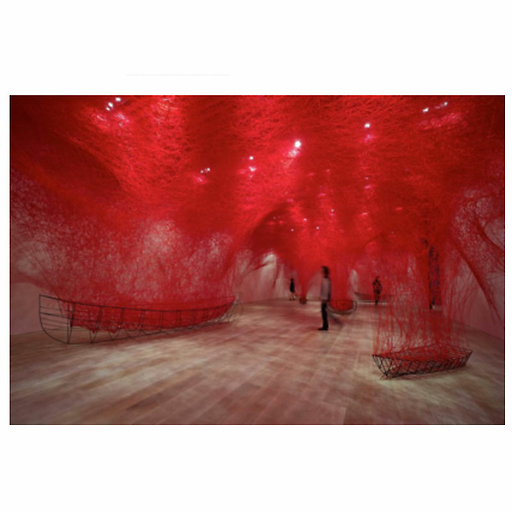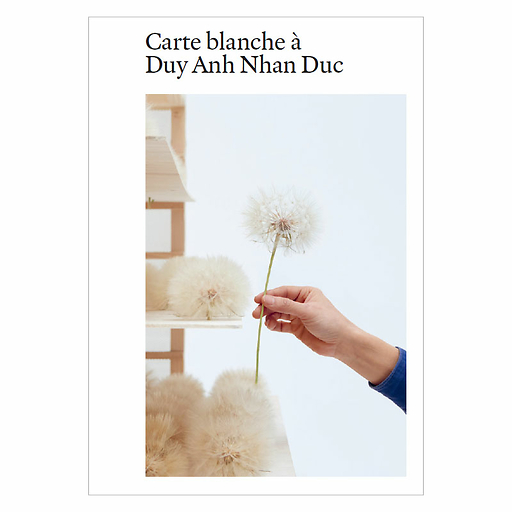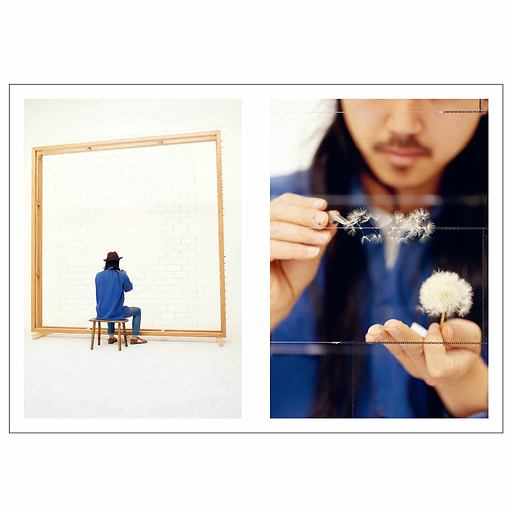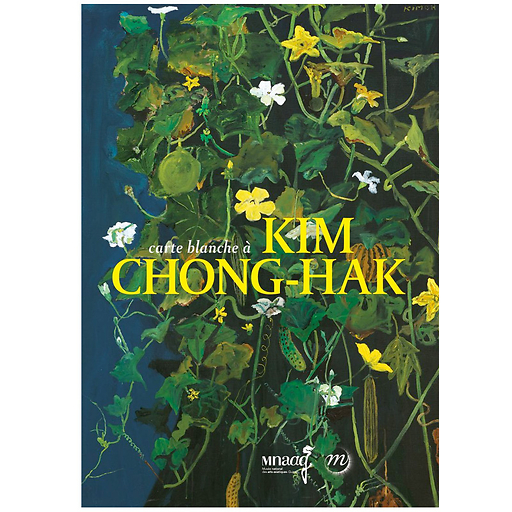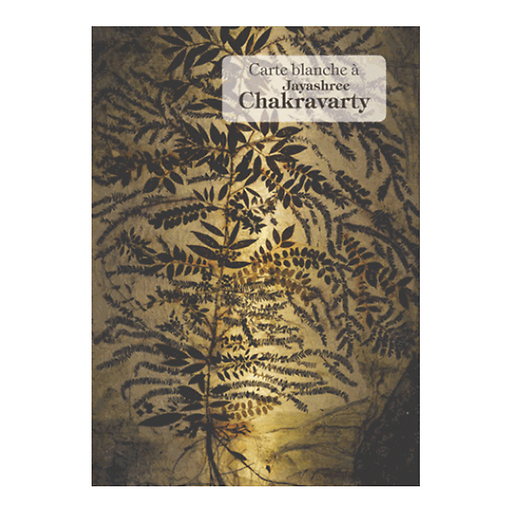WRITTEN IN FRENCH
T'ang Haywen (1927-1991), a Chinese painter who settled in Paris in 1948, first painted figurative works, portraits and landscapes using oil or acrylic techniques. He gradually switched to ink in the mid-1960s and produced numerous washes in diptychs and triptychs. A fusion between a Chinese aesthetic that draws its sources from calligraphy and a form of abstract expressionism of Western origin, his work invents a new pictorial language outside of any affiliation to a movement or group.
A contemporary of two Franco-Chinese art celebrities, Zao Wou-ki and Chu Teh-chun, T'ang Haywen has long stayed away from the art market. Yet his work, according to Jean-Paul Desroches, former chief curator of the Musée Guimet, "springs from the depths of his being and is embodied in poetic transpositions that equal those of the greatest creators of the twentieth century." In recent years, it has been the subject of a real rediscovery.
When he died, T'ang Haywen left no heirs. The State therefore recovered his work and, after various twists and turns, allocated some 200 paintings and 400 pieces from the artist's personal archives to the Musée Guimet in 2022. The exhibition dedicated to him in the rotunda on the 2nd floor of the museum retraces his entire career through a selection of landscapes in watercolour and gouache, large diptychs and small monochromes in ink, and testifies to the richness of his work.
Exhibition at the musée national des arts asiatiques - Guimet from 6 March to 17 June 2024
French
64 pages / 45 illustrations
Co-publishing GrandPalaisRmn / Musée national des arts asiatiques - Guimet
Close
